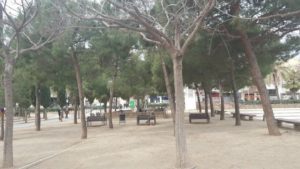I had the pleasure of visiting Barcelona a few weeks ago as part of an urban planning field trip organised by UCL. That translated into many, many hours of walking around the less-touristy areas of the city, and the opportunity to hear firsthand from local planning experts from academia, government, and civil society.
There is so much to say about Barcelona in terms of the city’s model of development over the past few decades and how that has influenced other cities around the world. However, what I’d like to do instead is share some thoughts on what struck me most in the city: its public spaces.
Check out this park (Parc del Clot), for example:

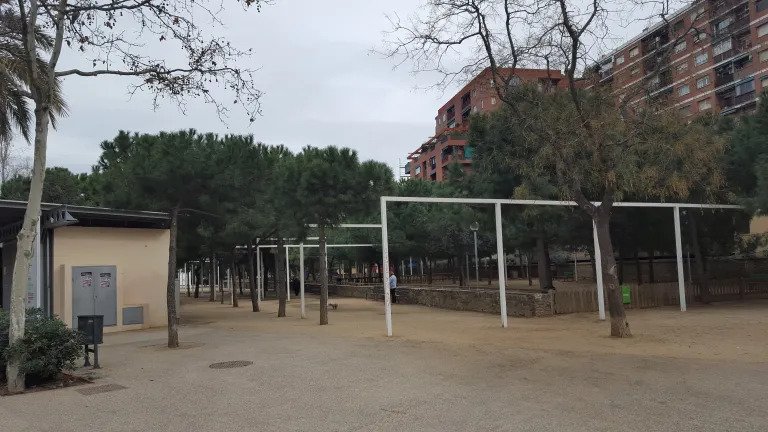
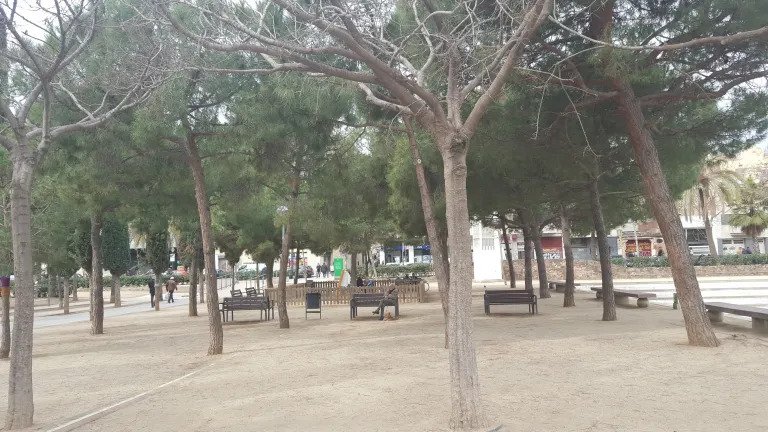
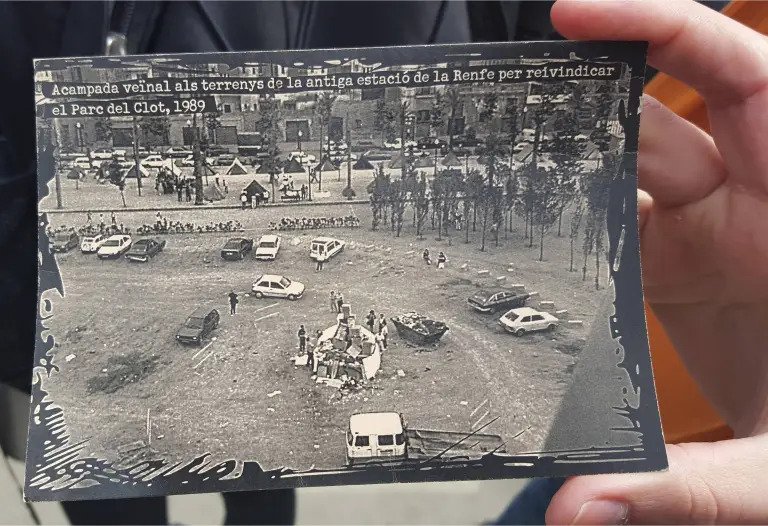
Believe it or not, this space in the middle of a residential neighborhood was an unused facility for train maintenance until the late 1980s. The city’s residents campaigned for the space to be turned into a park (see the last image above), and they won. While simple in many ways, the park’s design works very well as it links the surrounding neighborhoods, accommodates a variety of users, provides a safe space for various leisure and sports activities, and acknowledges the climate and water scarcity of the city. The residents are delighted with the space, and it is very well used, as the local community organiser confirmed.
There are many other smaller parks dotted around the city which follow similar design principles. The two below provide a couple of examples.
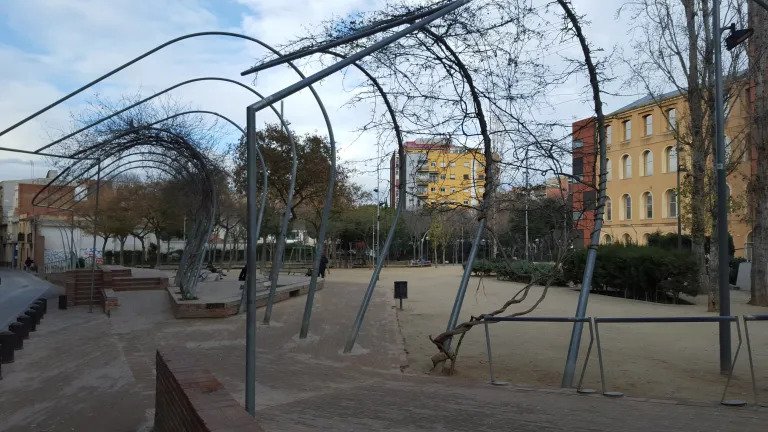
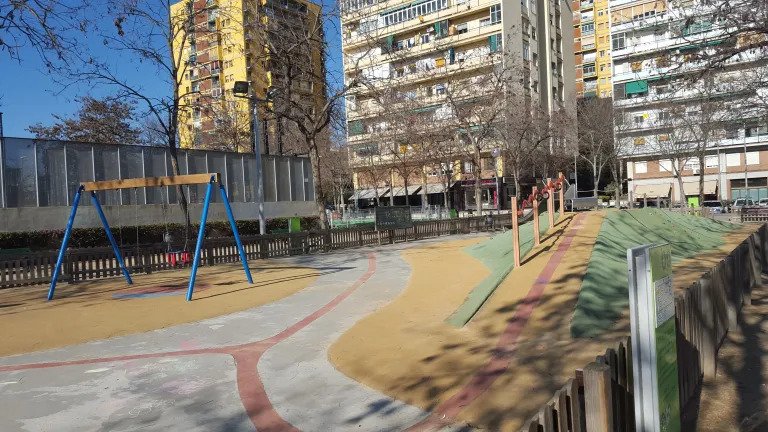
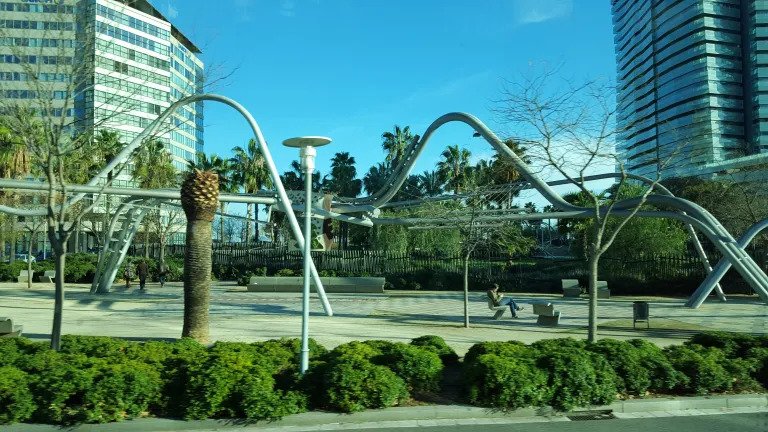
Public squares are a defining aspect of Barcelona, and the city provides many examples of well-designed and well-used squares. This one, between a school and a library, particularly caught my attention:
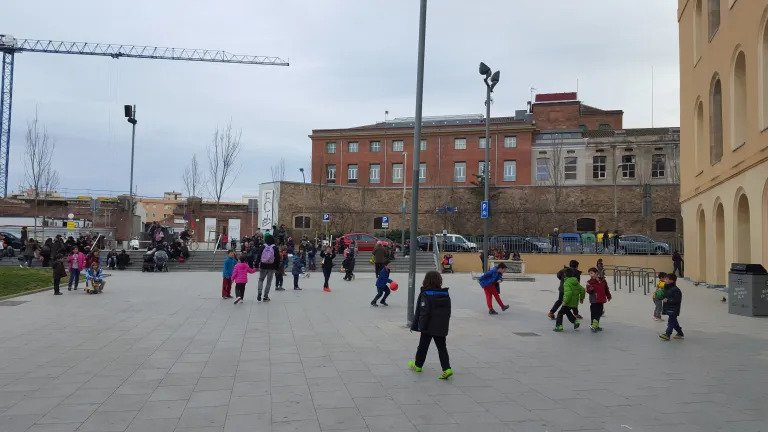
We happened to walk by on a weekday afternoon, and it was amazing to see how well-used the space was by both the children and their parents.
There are of course, the fancier squares in the city center, usually full of tourists (and pigeons).
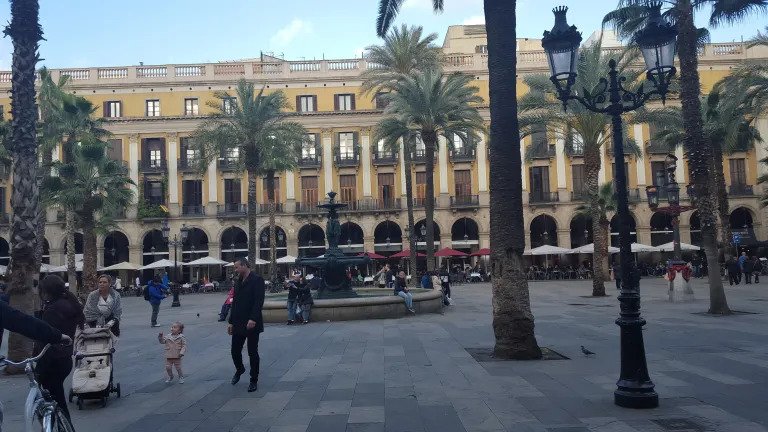
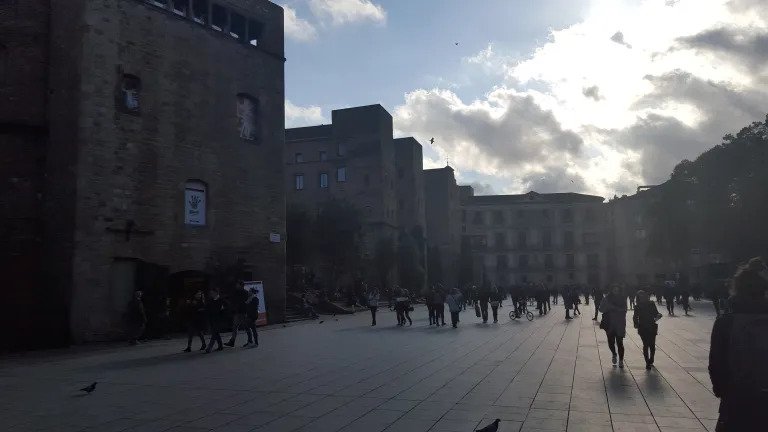
And, of course, there are the famous Ramblas, a street typology whose name originates from the Arabic word for the sandy area (ramlah, رملة). The most famous of them is the Las Ramblas in the city centre which is a stretch of a number of connected pedestrian streets.
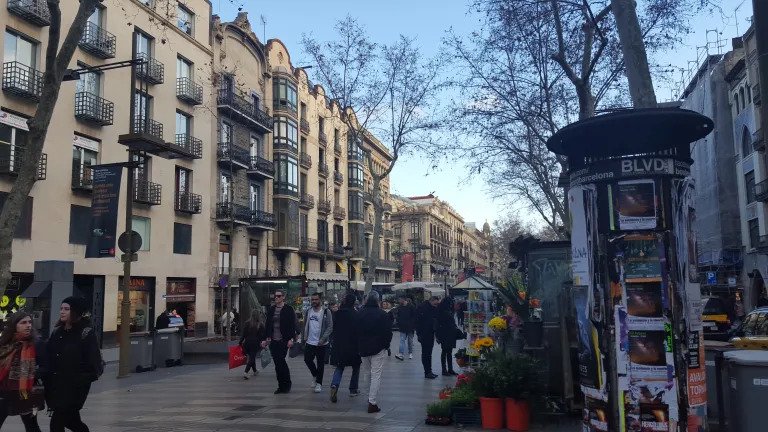
The most interesting ramblas though are the ones outside the city centre, as they provide a snapshot into the everyday life of Barcelona residents.
Out of a very exciting trip, the most delightful part was the time I spent walking down this rambla on a sunny Saturday morning:
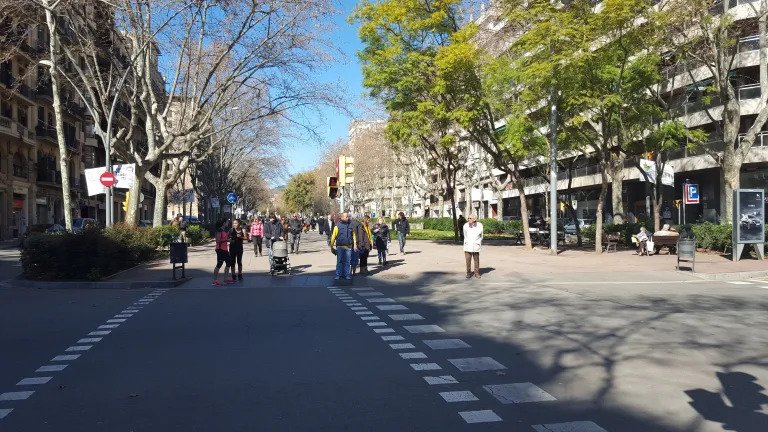
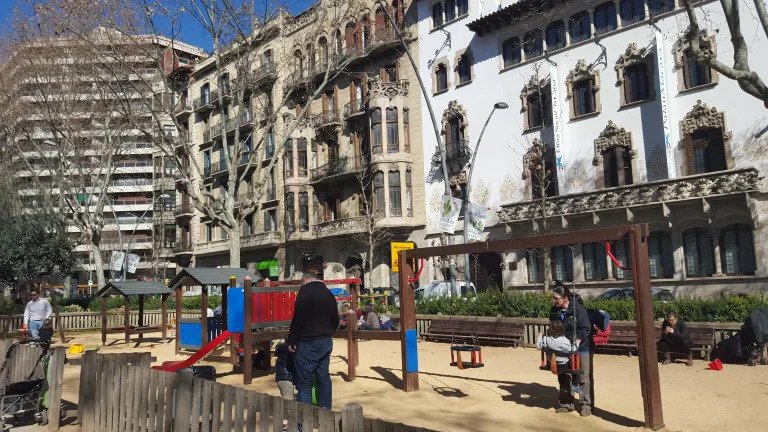
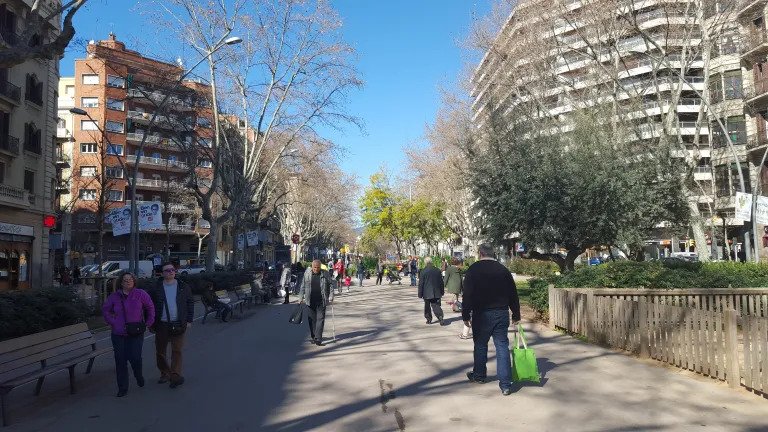
With 50% of Barcelona residents not owning a car, the latest Barcelona Urban Mobility Plan prioritises walking and aims to increase its modal share by 10%.
A lot can be learnt from the planning, design, and management of public space in Barcelona, particularly by cities across the Mediterranean (Amman, Beirut, and Ramallah to name a few) which share a similar climate and lifestyle.

